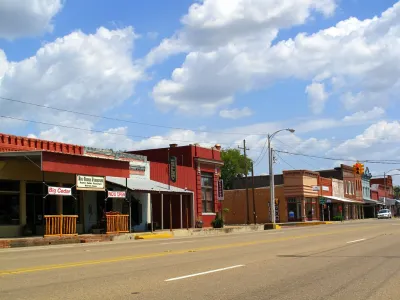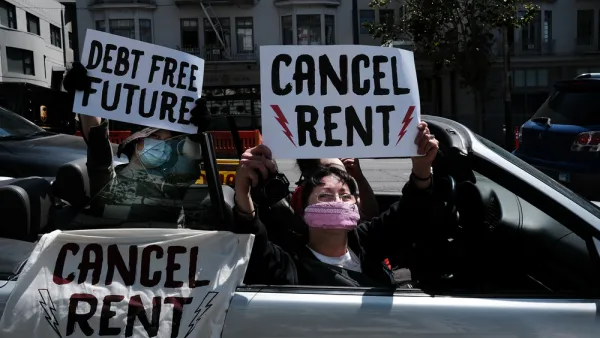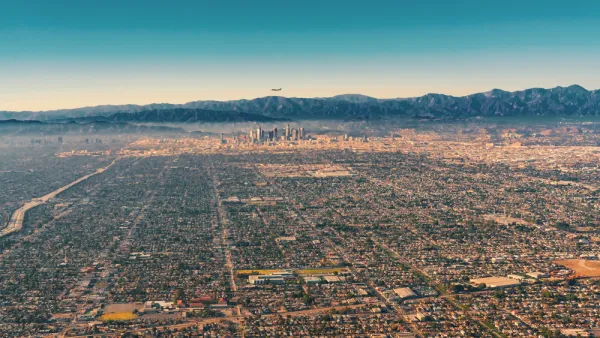The economy is improving in places like Texas, but a closer look indicates that cities are taking off while rural areas are lagging behind.

Job growth is up in Texas, but the effects have been concentrated in the state’s largest cities: Austin, Dallas, Houston, and San Antonio. "No state — not even California, long held up as the embodiment of America’s widening geographic inequality — has seen a larger post-recession divergence between its elite cities and everywhere else," writes Jim Tankersley.
It is a trend that is playing out across the country, where urban areas are drawing in educated workers and professional industries as poorer, rural areas languish. "Research from the [Economic Innovation Group] found that from 2008 to 2016, the most prosperous ZIP codes in Texas — heavily concentrated in those star metro areas — accounted for more than two-thirds of the state’s net growth in jobs and business establishments," notes Tankersley.
He explores developments in Longview, a town in the eastern part of Texas. Longview has gained only about 1,800 jobs in the last decade, and in recent years it has seen a net loss of businesses. City officials want to offer amenities that will attract young professionals—like parks, trails, and breweries—but they realize the challenges.
“Ms. [Vicki D.] Jones’s and others’ hope is that Longview can sell a particular type of young worker on a mix of the values they grew up with, with just enough of the big-city amenities to make a smaller town attractive,” says Tankersley.
FULL STORY: The ‘Texas Miracle’ Missed Most of Texas

National Parks Layoffs Will Cause Communities to Lose Billions
Thousands of essential park workers were laid off this week, just before the busy spring break season.

Retro-silient?: America’s First “Eco-burb,” The Woodlands Turns 50
A master-planned community north of Houston offers lessons on green infrastructure and resilient design, but falls short of its founder’s lofty affordability and walkability goals.

Delivering for America Plan Will Downgrade Mail Service in at Least 49.5 Percent of Zip Codes
Republican and Democrat lawmakers criticize the plan for its disproportionate negative impact on rural communities.

Test News Post 1
This is a summary

Test News Headline 46
Test for the image on the front page.

Balancing Bombs and Butterflies: How the National Guard Protects a Rare Species
The National Guard at Fort Indiantown Gap uses GIS technology and land management strategies to balance military training with conservation efforts, ensuring the survival of the rare eastern regal fritillary butterfly.
Urban Design for Planners 1: Software Tools
This six-course series explores essential urban design concepts using open source software and equips planners with the tools they need to participate fully in the urban design process.
Planning for Universal Design
Learn the tools for implementing Universal Design in planning regulations.
EMC Planning Group, Inc.
Planetizen
Planetizen
Mpact (formerly Rail~Volution)
Great Falls Development Authority, Inc.
HUDs Office of Policy Development and Research
NYU Wagner Graduate School of Public Service





























